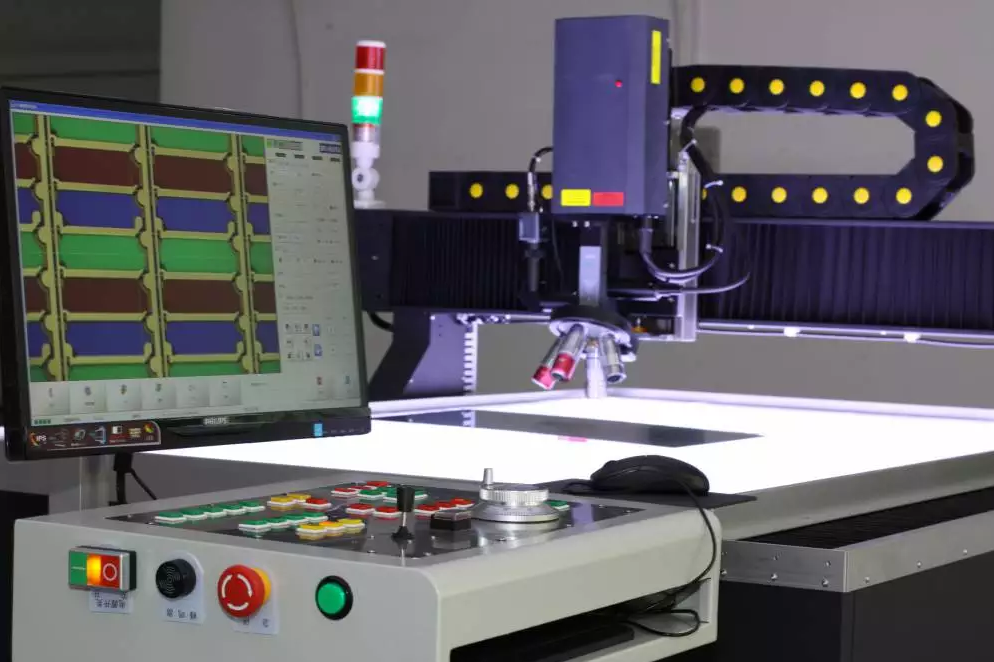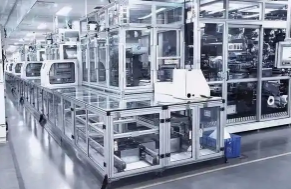Laser technology has revolutionized various industries, offering precise and efficient solutions for cutting, engraving, alignment, and medical procedures. This article explores the diverse applications of laser equipment and provides a deep dive into its operations, enhancing user understanding and showcasing the technological advancements that continue to shape multiple sectors.
Introduction to Laser Equipment
Laser devices generate a beam of high-intensity light that is both coherent and monochromatic. This beam is capable of delivering energy to a targeted area with exceptional precision, making lasers an invaluable tool in both industrial and medical fields. The fundamental components of any laser device include a gain medium, an energy source, and a pair of mirrors that form an optical resonator.
Key Applications of Laser Equipment
- Manufacturing: In the manufacturing sector, lasers are used for cutting, welding, and marking parts. Laser cutters are renowned for their ability to make precise cuts in metals, plastics, and composites, significantly reducing material wastage and operational time.
- Medicine: Lasers play a critical role in medical treatments and surgeries, including laser eye surgery, tumor removal, and cosmetic procedures. They offer high precision and reduced trauma, which leads to quicker recovery times.
- Communication: Fiber optic lasers are crucial in telecommunications for transmitting data over long distances with minimal loss.
- Research and Development: Lasers are integral in scientific research, aiding in spectroscopy and other laboratory techniques.
Operational Insights into Laser Equipment
Operating laser equipment requires a thorough understanding of both the functionality and safety procedures associated with high-energy laser beams. Here’s a clear outline of the standard operational procedure:
- Preparation: Initial steps include selecting the proper laser type and configuring the equipment based on specific application needs. This setup dictates the effectiveness and efficiency of the outcome.
- Alignment: Laser alignment is critical to ensure the beam is directed precisely at the target. Inaccurate alignment can result in subpar results and potential safety hazards.
- Parameter Settings: Operators must adjust the laser settings, including power output, pulse frequency, and focus, depending on the material and the desired outcome. Each material reacts differently, requiring specific configurations for optimal processing.
- Safety Measures: Adhering to safety protocols cannot be overstressed. Operators must wear protective eyewear and ensure that all safety interlocks are engaged before starting the laser.
- Operation: The actual operation involves activating the laser under controlled conditions, monitoring the process, and making adjustments as needed.
- Maintenance: Regular maintenance is crucial for ensuring longevity and performance of laser equipment. This includes cleaning optical surfaces and replacing worn components.
Future Trends in Laser Technology
The future of laser technology points toward increased automation, improved precision, and enhanced integration with digital systems. Developments in laser power efficiency and the advent of ultrafast laser applications are paving new pathways for innovation across various industries.
In conclusion, laser equipment’s versatility and precision make it a cornerstone in the technological advancements of modern society. Understanding its operations and applications not only provides insights into current capabilities but also projects the future potentials of laser technology. As industries continue to evolve, the role of laser equipment in driving innovation and efficiency remains paramount.






